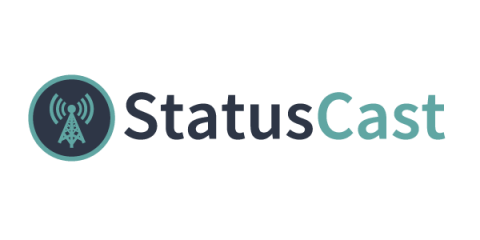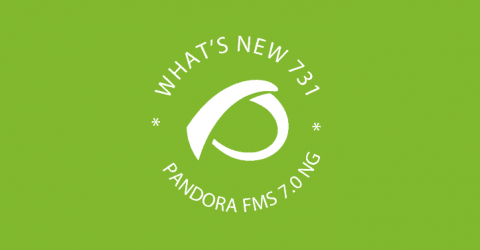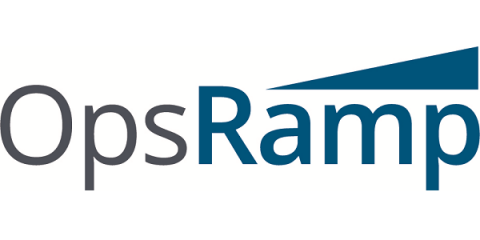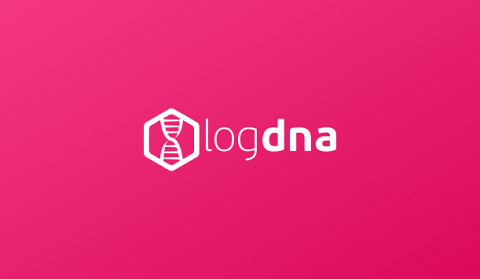A How-To Guide To SLAs (Service Level Agreements), Best Practices, And Why They Are So Important To Customers
You’ve heard it so many times: Transparent communication is the key to any successful relationship. The banking industry learned this lesson when cyber attacks began to plague their customers, and the official line for many financial institutions was to deny there was a problem. That is until the hacks became so profound and so persistent that it became impossible to cover them up any longer.











